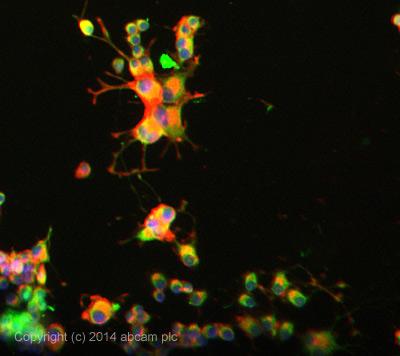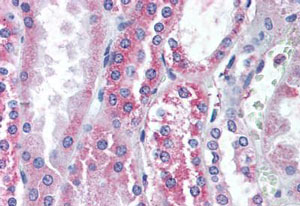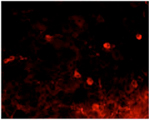| Gene Symbol |
Trpv1
|
| Entrez Gene |
100135466
|
| Alt Symbol |
-
|
| Species |
Guinea Pig
|
| Gene Type |
protein-coding
|
| Description |
transient receptor potential cation channel, subfamily V, member 1
|
| Other Description |
OTRPC1|osm-9-like TRP channel 1|transient receptor potential cation channel subfamily V member 1|vanilloid receptor 1
|
| Swissprots |
Q8K1W1 Q6R5A3
|
| Accessions |
Q6R5A3 AJ492922 CAD37814 AY513245 AAS13460 AY729017 AAU43730 NM_001172652 NP_001166123
|
| Function |
Ligand-activated non-selective calcium permeant cation channel involved in detection of noxious chemical and thermal stimuli. Seems to mediate proton influx and may be involved in intracellular acidosis in nociceptive neurons. Involved in mediation of inflammatory pain and hyperalgesia. Sensitized by a phosphatidylinositol second messenger system activated by receptor tyrosine kinases, which involves PKC isozymes and PCL. Acts as ionotropic endocannabinoid receptor with central neuromodulatory effects. Can be activated by endogenous compounds, including 12- hydroperoxytetraenoic acid and bradykinin. Triggers a form of long-term depression (TRPV1-LTD) mediated by the endocannabinoid anandamine in the hippocampus and nucleus accumbens by affecting AMPA receptors endocytosis (By similarity). Activation by vanilloids, like capsaicin, and temperatures higher than 42 degrees Celsius, exhibits a time- and Ca(2+)-dependent outward rectification, followed by a long-lasting refractory state. Mil
|
| Subcellular Location |
Cell junction, synapse, postsynaptic cell membrane {ECO:0000250}; Multi-pass membrane protein {ECO:0000250}. Cell projection, dendritic spine membrane {ECO:0000250}; Multi- pass membrane protein {ECO:0000250}. Cell membrane {ECO:0000269|PubMed:12243775}; Multi-pass membrane protein {ECO:0000269|PubMed:12243775}. Note=Mostly, but not exclusively expressed in postsynaptic dendritic spines. {ECO:0000250}.
|


